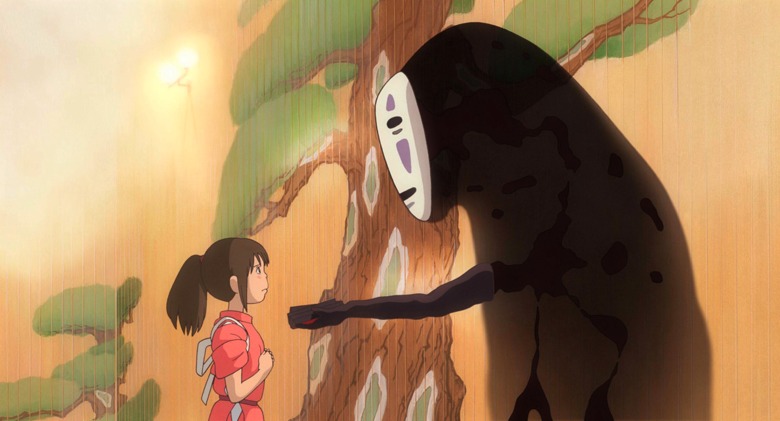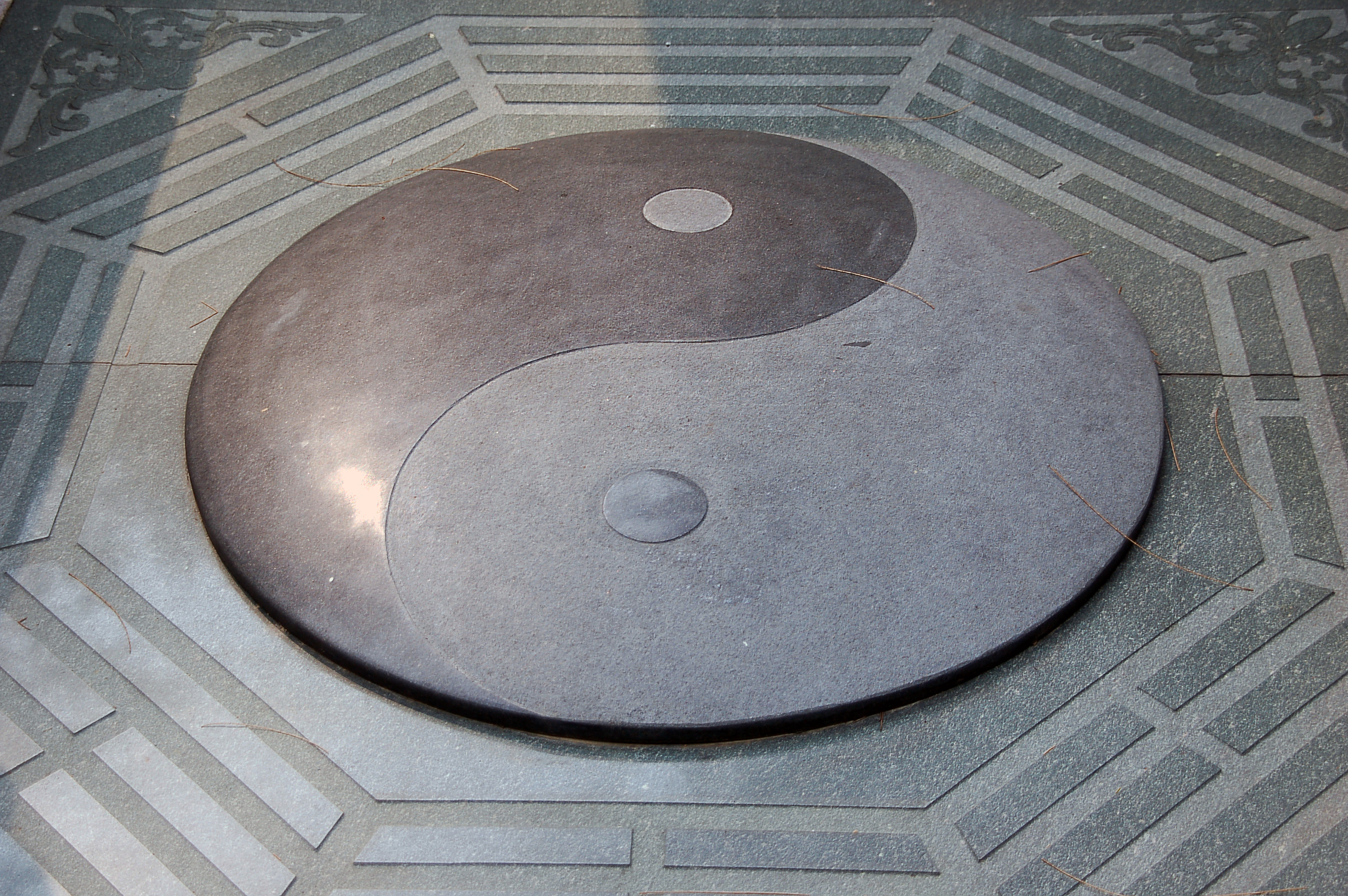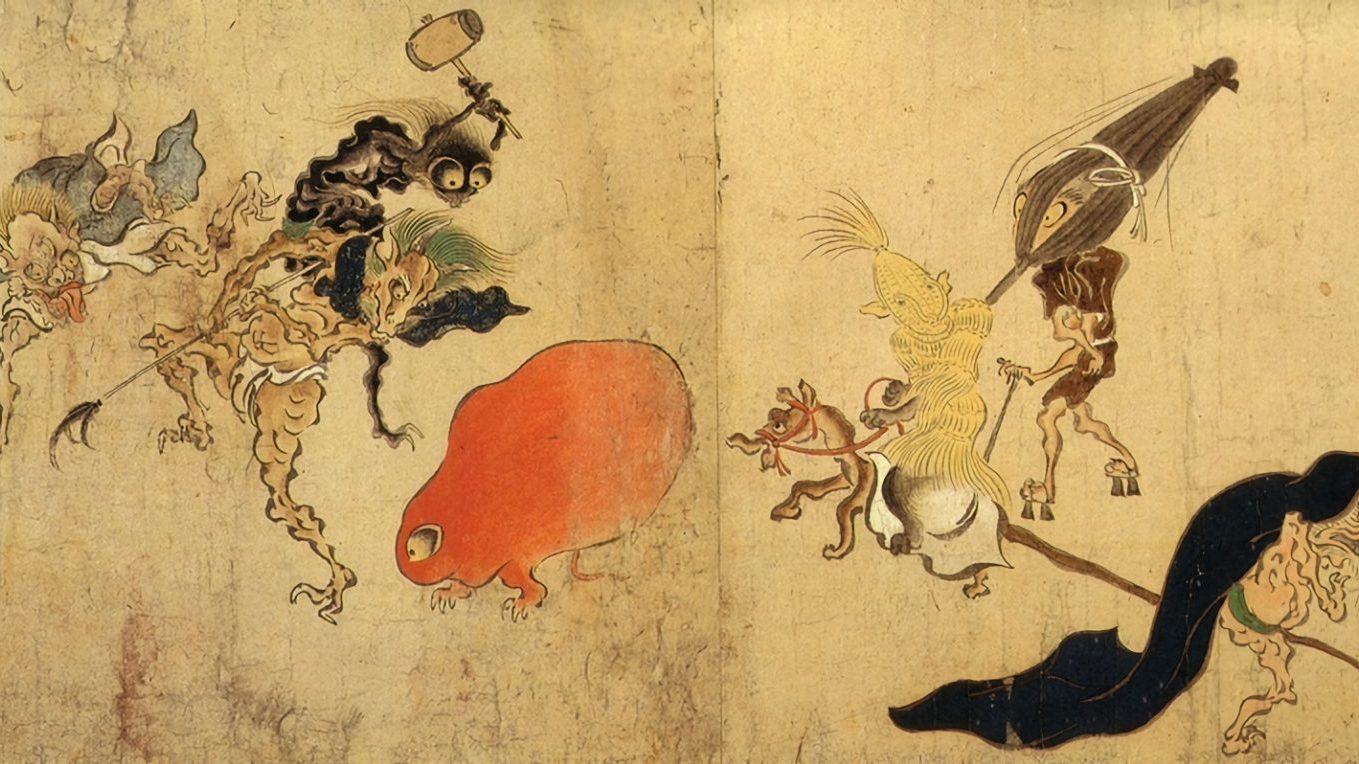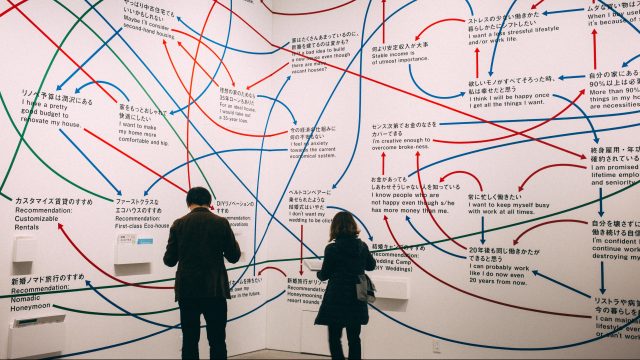The philosophy and magic of Hayao Miyazaki’s Studio Ghibli

- Hayao Miyazaki’s movies celebrate the natural world, but in a way that’s subtle, organic, and profound.
- The movies of Studio Ghibli reflect the fusion of religious practices in Japan — a combination of Shinto, Buddhism, and Daoism.
- Watching a Miyazaki movie can move us in a way that jolts us from our current path. They feel right, and so they reveal how things elsewhere are wrong.
Odds are most people are reading this on a phone or tablet. With shoulders hunched and eyes straining toward tiny blue-light displays, we caccoon ourselves in small indoor spaces, alienated from much of the natural world.
But what we see on screens doesn’t have to alienate us. In the hands of a genius, the images we see can help us transcend the mundane and transform our relationship with the world. One example is the artist behind Studio Ghibli: Hayao Miyazaki.
The message of Miyazaki
Miyazaki is the animator, director, author, and screenwriter who cofounded Studio Ghibli, which is Japan’s most renowned animation studio that has produced international hits like Spirited Away and Princess Mononoke.
The beauty and wonder of the natural world is a recurring theme in Stubio Ghibli films. But Miyazaki does not like to be called an environmentalist. His movies are not hamfisted, nor are they simply pretty packages that carry crafted messages about the world. Instead, Miyazaki’s films are organic and subtle — as alive as the worlds they depict. Watching a Studio Ghibli work can feel as if the germ of an idea has taken root, swelling inside of us in a way that’s hard to describe.
The films do not scream, “do this to save the planet” or, “the end times are here!” Rather, they offer a breath of wind, or a reaching branch, that nudges and nods to an appreciation of the natural world around us. In Studio Ghibli, beauty is found through curiosity. Miyazaki’s characters (Nausicaa being the apogee of this) lose themselves in the exploration, examination, and appreciation of the world around them. They have an inquisitiveness and openness to the world that strikes us as nostalgic, somehow, simply in how it echoes our own, often lost, childhood curiosity.
The inquisitiveness of Miyazaki’s characters enables them to reveal and revel in a deep and numinous power — a power that spirits them up and away. We as the viewers are pulled into the quiet and protective canopy of a forest (as in Princess Mononoke), or invited to enjoy the simple and restorative calm of a favorite tree (as in Our Neighbor Totoro). Nature is revered, but it’s not oversold at all; it’s eco-friendly without being eco-fanatical.
The magic of Ghibli
Shinto, Buddhist, and Daoist themes shine through many of Miyazaki’s films.
Shinto is an animistic religion, which means to say that it believes the natural world is inhabited by spirits. These spirits — called kami — may be found in rocks, birds, trees, rivers, fish, and so on. In traditional Shinto mythology, reference is made to the “800 myriads of kami,” which means there’s an infinity to be found. Throughout Shinto history, and even now, new kami are discovered and worshipped. And Miyazaki uses Shinto imagery effectively.
For example, by the end of Spirited Away, the main character Chihiro looks out over a vast green field holding hands with the river spirit that helped her along the way. In Princess Mononoke, we meet a forest deity who at night becomes a huge titan of a creature and makes lakes where he treads. By day, however, the same spirit becomes a slight and graceful deer. Strength becomes grace.
This element of night and day, light and dark, and strength and grace is a theme common in Daoism (especially the yin and yang). But Daoism, as well as most ideologies that spread across Japan, morphed into something with a very Japanese twist. Japan has always been a unique amalgamation of different beliefs and religious traditions. Shinto does not have any definitive or exclusively Shinto holy books, being instead tied to traditional rituals and belief systems. As such (and thanks to sporadic moments or suppression by various regimes), its teachings have made their way into a lot of Japanese culture, while also flavoring Buddhism and Daoism.
This Buddhist-Shinto-Daoist potion is brought together by a concern about our lost connection with the natural order of things — how so much of the modern world yanks us away from the path (or Dao, if you like) that we ought to be on. The world we live in is one of thorns, hurdles, distractions, false friends, and alluring dead ends. And Studio Ghibli celebrates these themes.
Coming home
Miyazaki is a genius because he pulls us into a world that feels right again. It’s not only the way his characters are written, but also the whimsical and joyful aesthetic of his anime. No doubt, Studio Ghibli films are not for everyone. Some will find his narrative to be saccharine; his “cottageware aesthetic” too twee or garish. But, in many ways, that’s the point. It’s an exaggerated rural idyll, one designed to illuminate just how different our relationship with nature could be. Watching Miyazaki’s films feels like returning home. By the end, we return to our everyday worlds with a fresh perspective that recognizes not only the tedium and trouble, but also the possibilities.
Jonny Thomson teaches philosophy in Oxford. He runs a popular Instagram account called Mini Philosophy (@philosophyminis). His first book is Mini Philosophy: A Small Book of Big Ideas.





